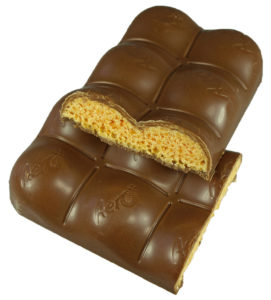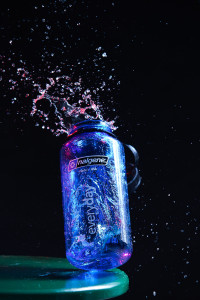Tag Archives: design lessons
Design lessons from the Mars Climate Orbiter
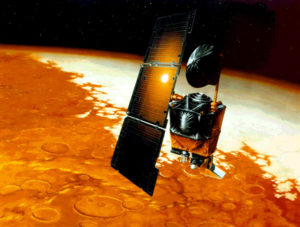
Artist’s rendition of the Mars Climate Orbiter. Image courtesy NASA/JPL-Caltech.
Design lessons from the silent snap
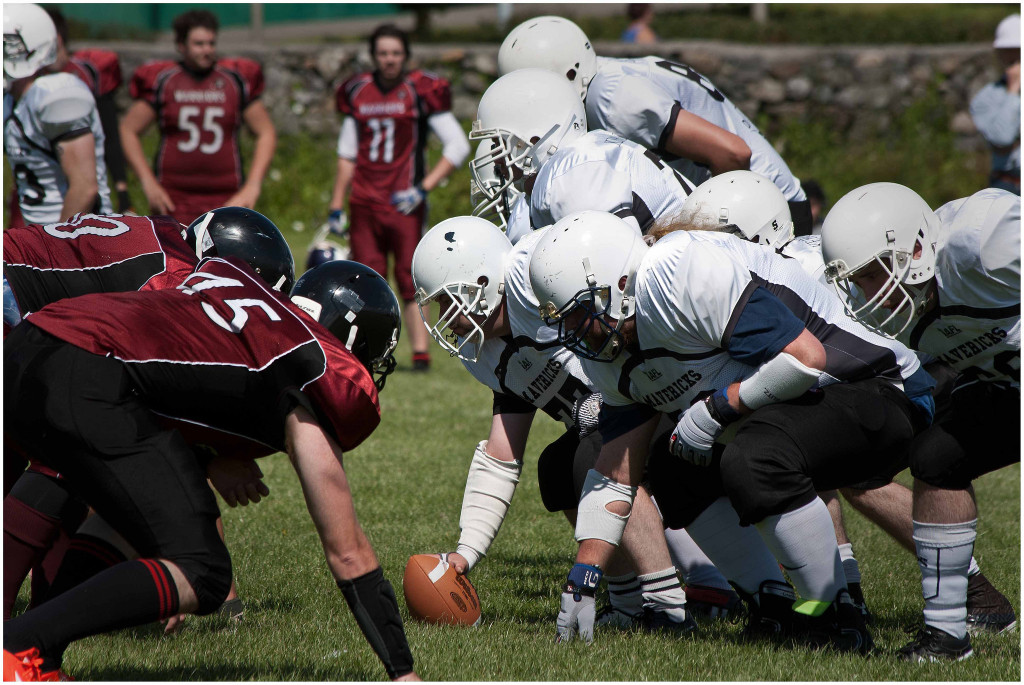
Image by Eoin Gardiner via flickr (CC BY)
Design lessons from the Nalgene bottle
But the Nalgene originally had a much more narrow focus. It was a laboratory container, one of many developed and sold by the Nalge Company of Rochester, New York. Continue reading
Design lessons from the badminton birdie
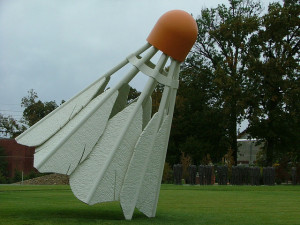
Image by Rebecca Partington via flickr (CC BY-SA 2.0)
The Ansari X-Prize was created in 1996 to spur the development of private space travel. Ten million dollars was offered to the first team capable of designing a re-usable system that could take three people 100 km above the Earth, then return them safely to the ground, and do so twice within a two week period. Rutan’s company Scaled Composites, in collaboration with Microsoft co-founder Paul Allen, developed a vehicle called SpaceShipOne which won the X-Prize in October 2004. Continue reading

